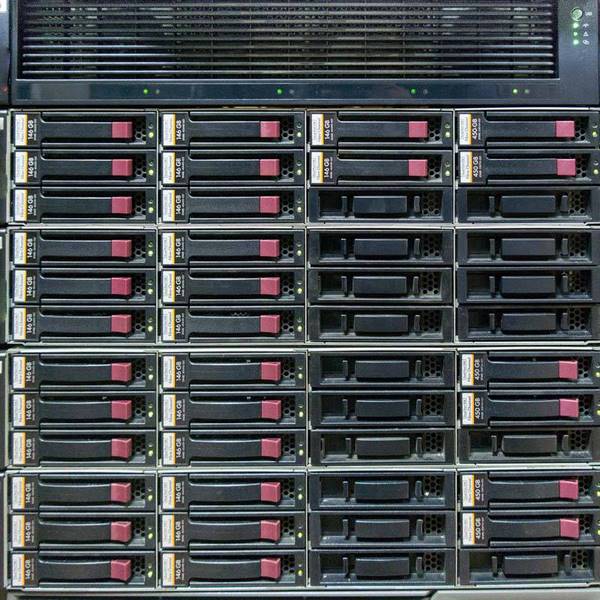What is a RAID
RAID stands for "Redundant Array of Independent Disks".
RAID history
The history of RAID dates back to 1987 when the term RAID was introduced in an article published by the University of Berkeley.
The word RAID is actually an acronym for "Redundant Array of Independent Disks," which can be translated to French as "Regroupement redondant de disques indépendants."
Implementing a RAID system allows achieving several essential objectives:
Two main types of RAID can be distinguished:
Therefore, there are secure RAID configurations and others that are not.
RAID 1, also known as mirroring, involves duplicating data onto two or more disks. This ensures information redundancy, so if one of the disks fails, the data remains accessible from the other operational disks.
RAID 5 uses a distributed parity approach to ensure data redundancy. The data is distributed across multiple disks along with parity calculations. In the event of a disk failure, the missing data can be reconstructed using the parity information stored on the other disks.
RAID 6 is similar to RAID 5 but with dual parity, allowing the simultaneous failure of two disks. This provides greater security for systems requiring high availability and enhanced data protection.
On the other hand, JBOD (Just a Bunch Of Disks) and RAID 0 do not provide data redundancy. JBOD simply allows grouping multiple disks to form a single volume without any redundancy or protection in case of a disk failure. RAID 0, on the other hand, focuses on performance improvement by striping data across multiple disks but without any redundancy. This means that the loss of a single disk will result in the loss of all data.
It is also possible to combine different RAID configurations to achieve specific results. For example, RAID 1+0 (or RAID 10) is a combination of RAID 1 and RAID 0, where the data is first mirrored and then distributed to improve performance. RAID 0+1 (or RAID 01) is the reverse, with data striping followed by mirroring. RAID 0+5 (or RAID 05) combines RAID 0 striping with RAID 5 distributed parity.
Managing RAID systems can be done either at the software level, through a software layer of the operating system (such as Windows, Linux, or macOS), or at the hardware level, using the computer's motherboard or ideally, a dedicated RAID controller specifically designed for this task.






